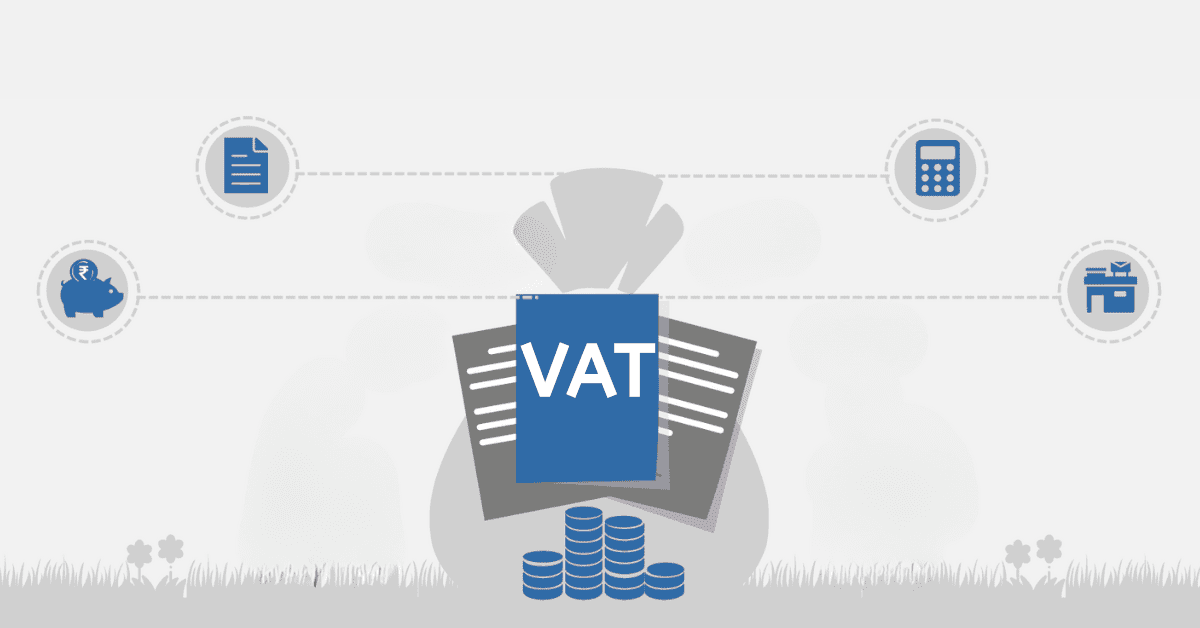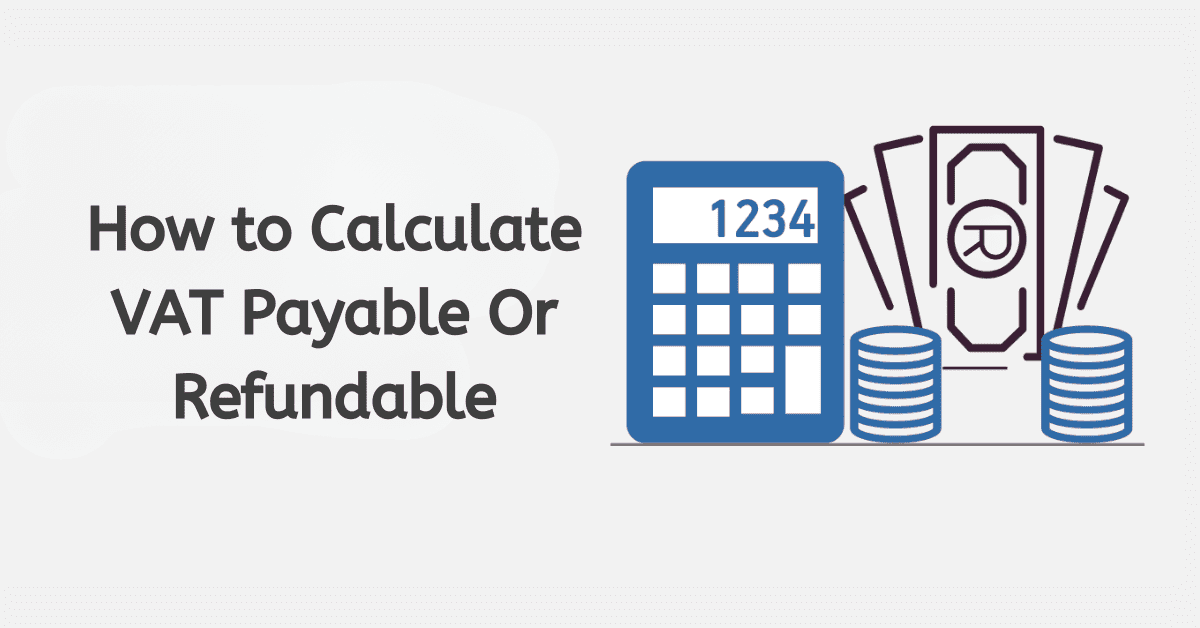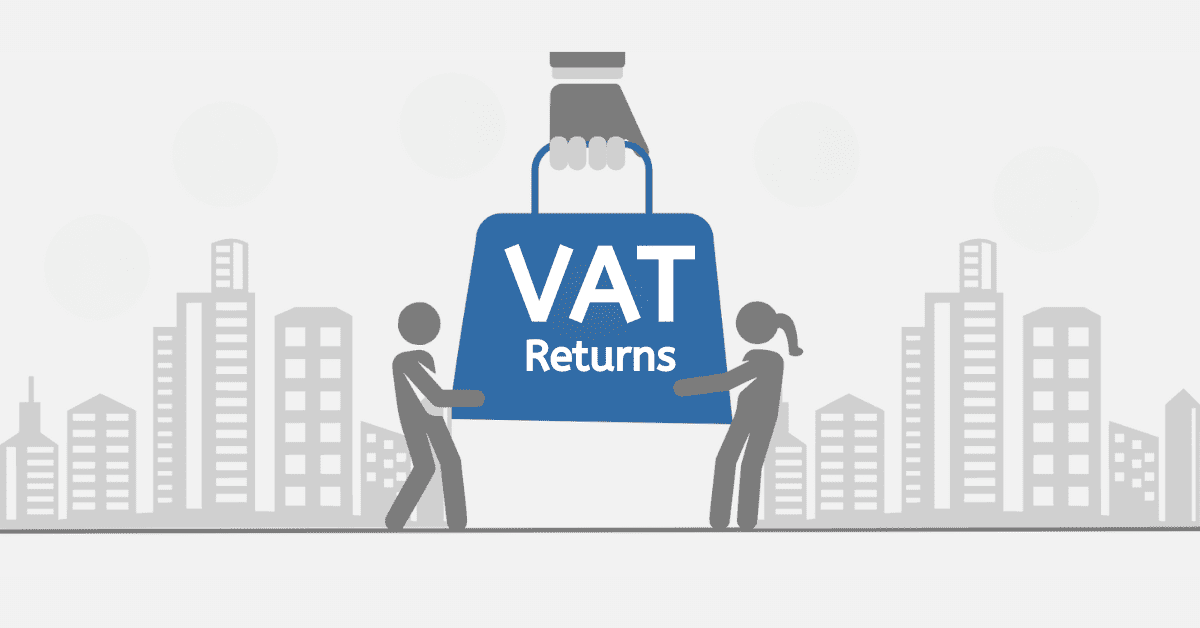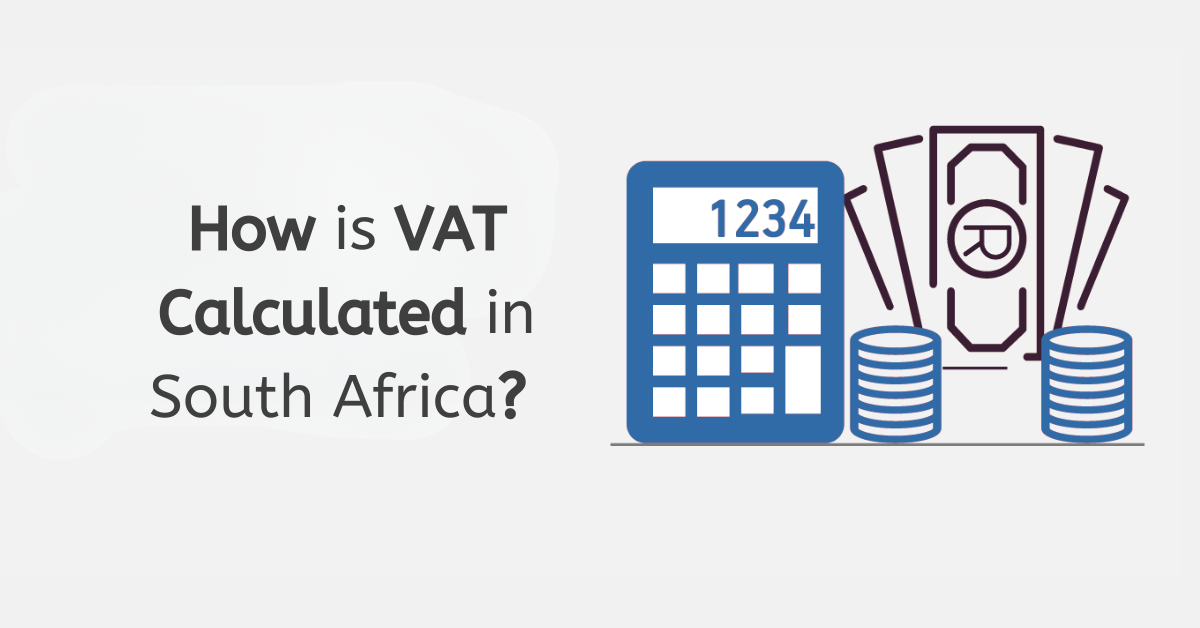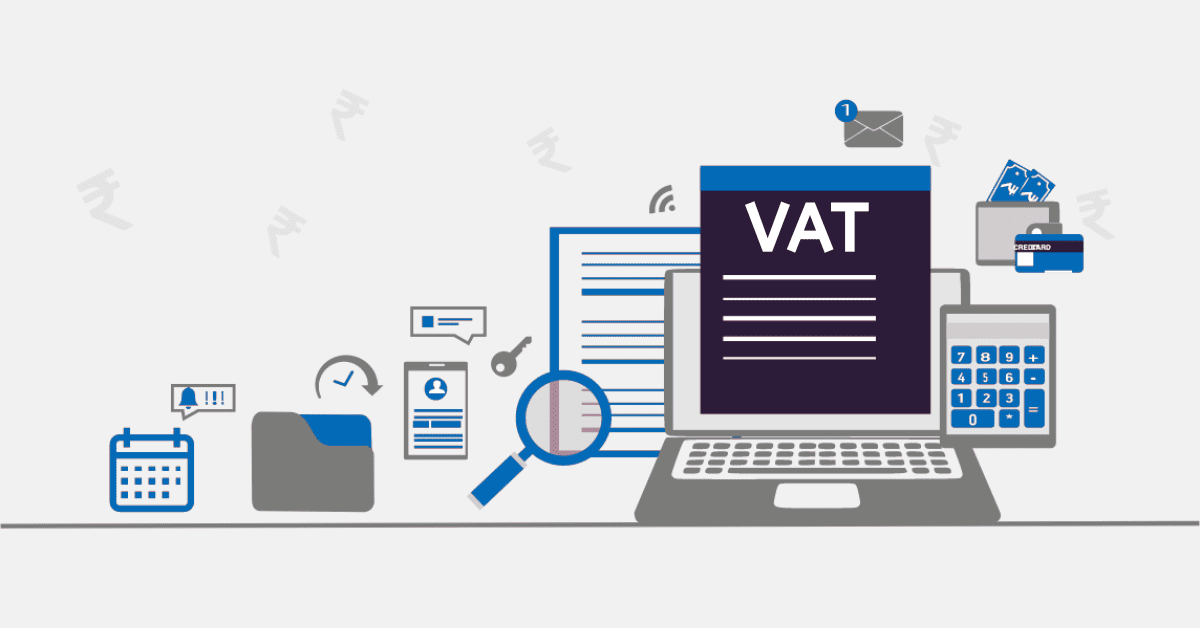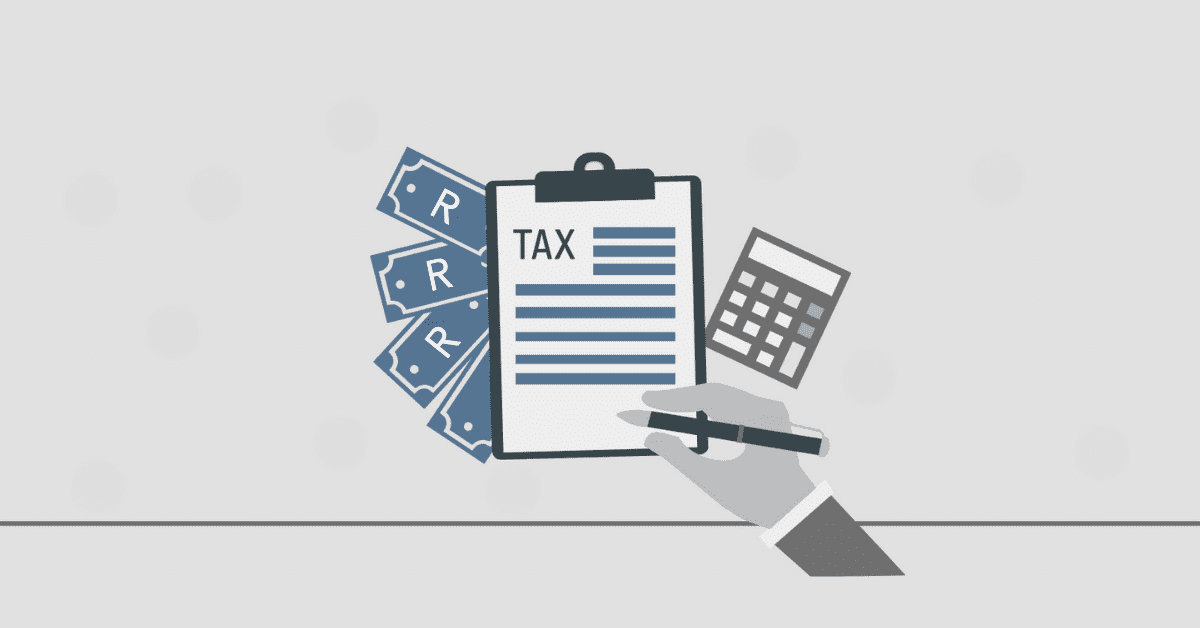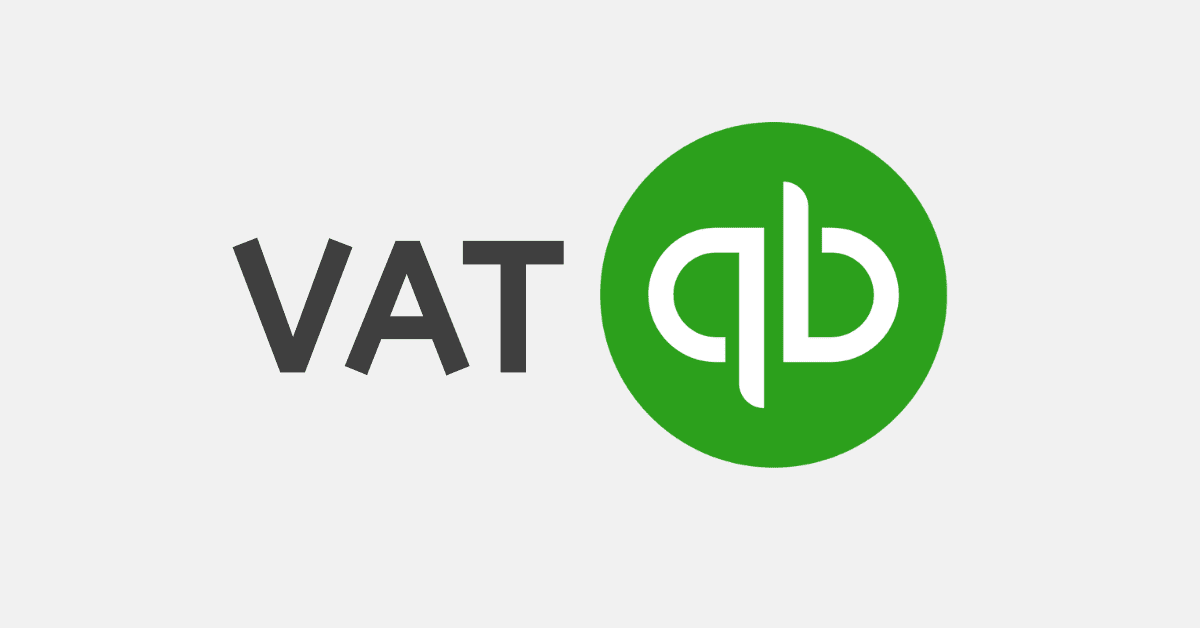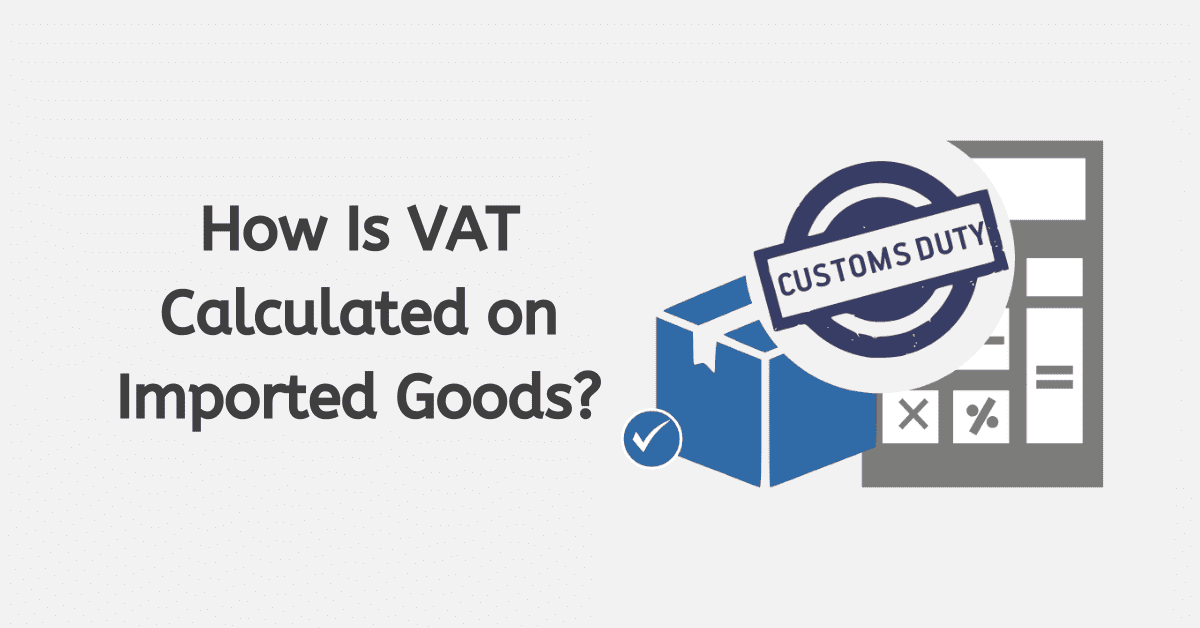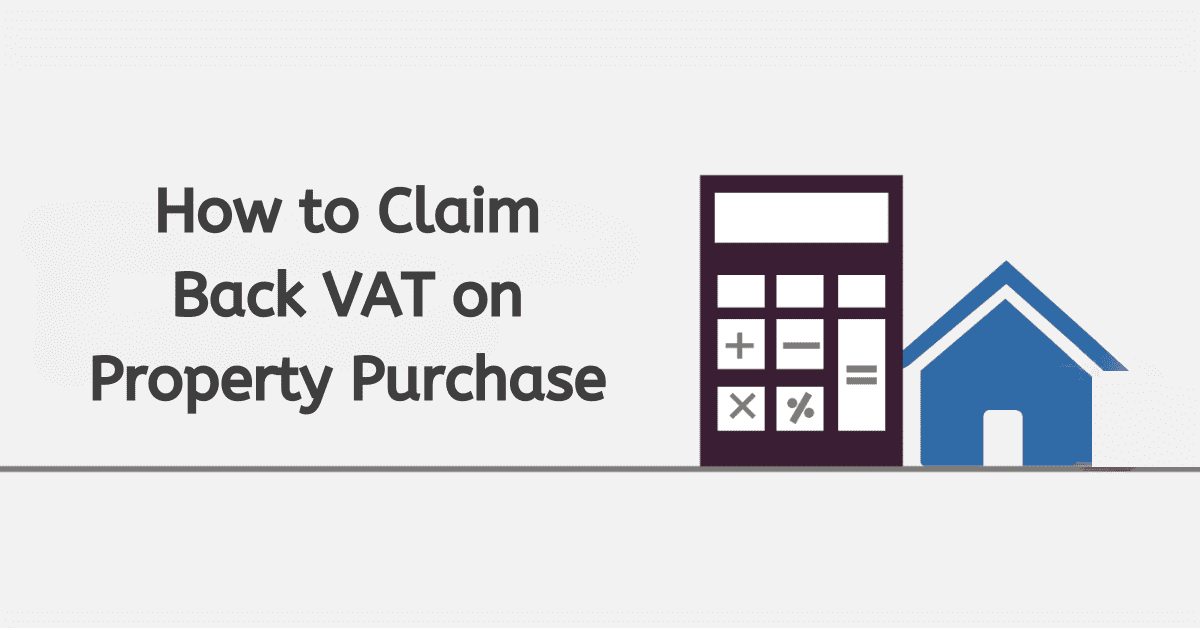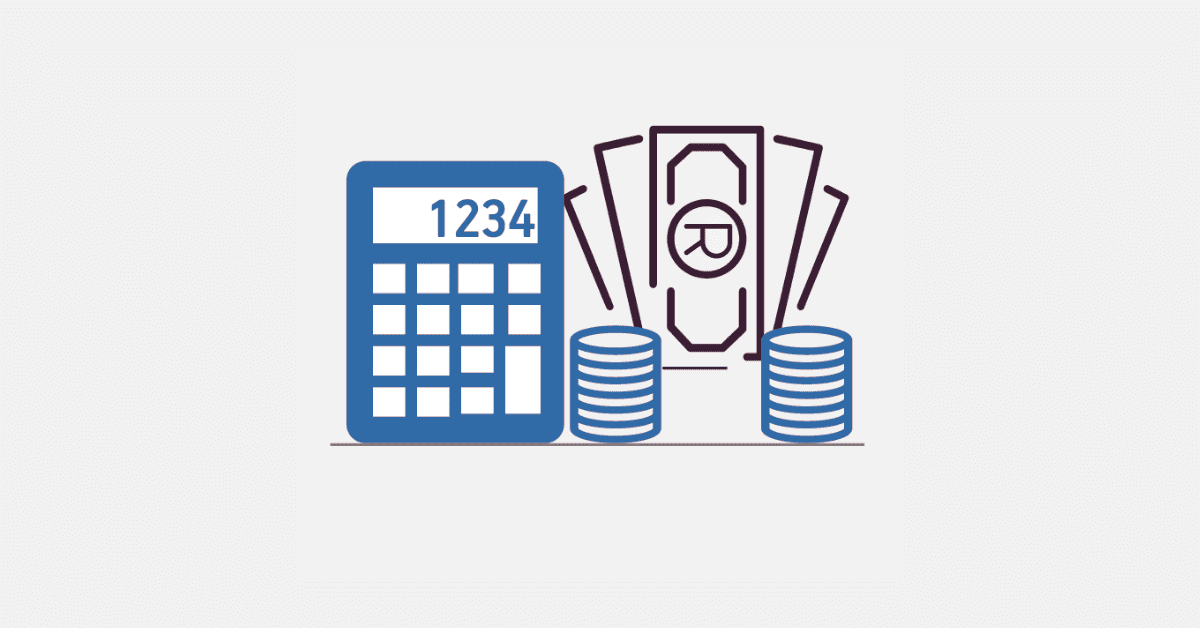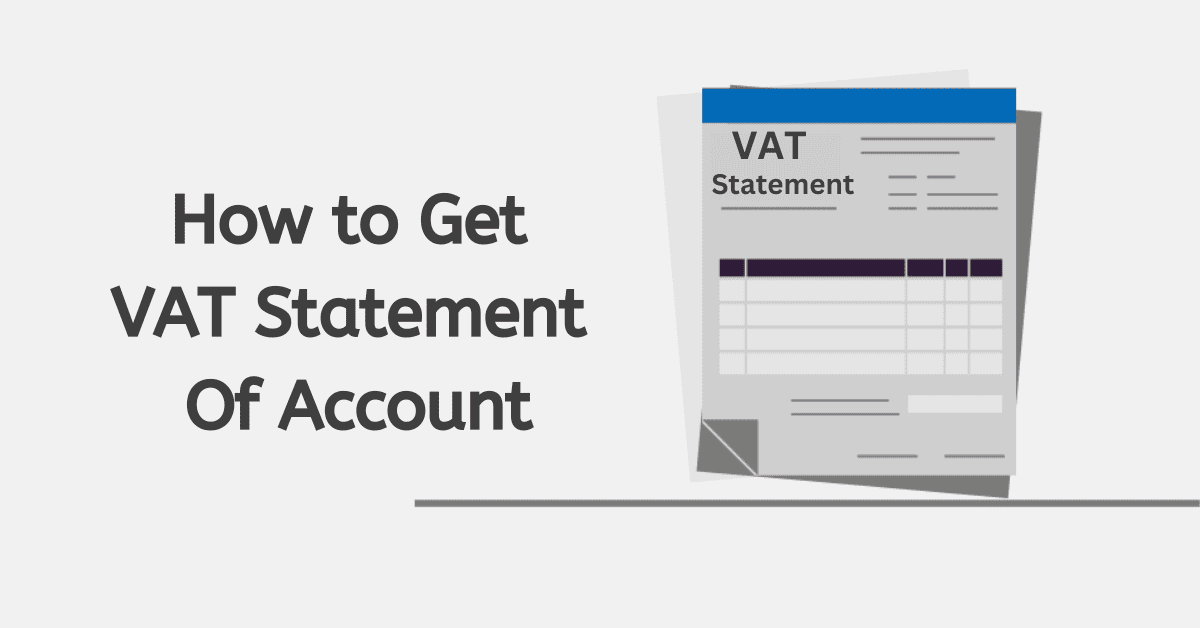The introduction of ‘reverse VAT’ to South Africa is a relatively new phenomenon. It was introduced in 2022 as a means to stop supply chain fraud in the valuable metals market. While there are some limited exceptions, it applies to most transactions in which any percentage of gold is present in the product. Failure to correctly apply these new legislations will result in the seller and purchaser being held jointly liable under the law. However, as a newly-introduced concept, there is a lot of uncertainty surrounding it. Today we hope to clear up some of that confusion.
What Is A Reverse VAT Charge In South Africa?
A reverse VAT charge, also known as a ‘reverse charge mechanism,’ or ‘domestic reverse charge’ (DRC) is a mechanism through which the responsibility for reporting and remitting VAT shifts from the supplier to the recipient of goods or services. In conventional VAT systems, the supplier collects and remits VAT to the tax authorities. However, under a reverse VAT charge, the recipient of the goods or services is obligated to account for both input and output VAT on the transaction.
This mechanism is globally applied to very specific types of transactions, specifically those involving complex supply chains, cross-border transactions, or dealings with specified goods and services. In South Africa, the DRC was introduced in July 2022 on valuable metals. It seeks to avoid a type of money laundering in the VAT system that allows illegally mined and sourced gold and precious metals to be ‘washed clean’ through a chain of fictitious businesses claiming VAT refunds.
While any business outside that industry in South Africa is unlikely to encounter the reverse VAT charge, it is still worth having on your radar.
Can I Claim Back Reverse Charge VAT?
Yes, businesses that are eligible for VAT input tax credits can generally claim back reverse charge VAT. However, you will need to meet the necessary criteria for claiming input tax credits. To claim back reverse charge VAT, a business must:
- Be VAT Registered
- Engage in Taxable Activities
- Maintain Accurate Records
Handling situations where the reverse VAT, or DRC, applies typically runs the same as for normal VAT returns. However, the recipient is responsible for the VAT calculation. The purchaser will still be able to claim their input tax as normal, but it will not be deductible if the output tax is not also declared.
It should be noted that the DRC is only applicable to supplies moved through a supply chain of vendors. It does not apply to sales made to the public, as most members of the public are not registered VAT entities.
Retail jewelers, for example, will still levy VAT as normal on their tax invoices and submit standard VAT returns. However, DRC applies to the purchasing transaction if the goods are coming from a registered vendor. It doesn’t impact your right to claim your input taxes, simply shifts the reporting burden to the recipient instead of the supplier. They declare the VAT on behalf of the supplier and
Who Pays Reverse VAT?
Under the new DRC system, the recipient pays the VAT on behalf of the supplier, in the period during which it was supplied (i.e. by invoice date). However, remember that it can also be claimed as an input, making the transaction VAT-neutral. In addition to the standard VAT process, the supplying vendor must be notified within 21 days of the end of the calendar month the tax invoice was issued that this obligation is completed.
On the buyer side, they must include the following in that statement:
- Tax invoice number.
- Value of DRC-applicable supplies.
- A full description of them (including the gold percentage within the metal).
- Confirmation that the VAT charged ‘by the supplier’ was accounted for and paid over to SARS, including the payment reference number.
The buyer can only use this as an input VAT offset if the VAT amount is declared and paid on their VAT201 return, or an exporter code is reflected on the VAT 201.
How Do I Reverse Charge VAT On An Invoice?
SARS has stipulated some changes to how VAT vendors affected by DRC regulations must structure their invoices.
On the supplier side, the tax invoice must show all regular VAT features, in addition to:
- Notification that the supply is subject to DRC
- A statement that the VAT charged must be accounted for and paid by the recipient on the supplier’s behalf
VAT on the supply should not be included as due by the recipient on the invoice. As the supplier will not be paying the VAT, they must only show the sale price exclusive of VAT. The supplier will then receive a statement from the recipient that the relevant VAT has been paid.
What Is The Amount Of Tax Subject To Reverse Charges?
DRC charges are levied on any gold-containing transaction (apparently also including slag and other mine by-products) between two businesses. Remember that it falls away when sold to the end customer, such as through a retail jeweler, where standard VAT processes apply.
While we hope you better understand the new reverse VAT situation in South Africa, this is both new and very complex legislation. We strongly suggest that all affected businesses take the time to work through this new legislation with a qualified practitioner to ensure they are in full compliance with the new laws.
